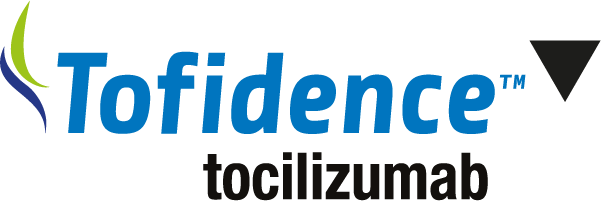Biosimilar Development
Demonstrating
clinical comparability1
A robust and complex process
ensuring structural and clinical
comparability is used to demonstrate
a biosimilar’s clinical comparability to
the reference product.
Data on pharmacokinetics,
pharmacodynamics, immunogenicity,
safety profile and efficacy are collected.2
Reference Medicine


Biosimilar Medicine
Comparative quality studies
- Analytical: physical + chemical properties
- Functional: biological/pharmacological activity
Comparative non-clinical studies
- Pharmacodynamic
- Toxicology
Comparative clinical studies
- Pharmacokinetics/pharmacodynamics
- Efficacy + safety profile + immunogenicity
Adapted from: EMA, Biosimilars in the EU. 2019.2
Biosimilars change the drug development paradigm8
Biosimilars are assessed for similarity to the reference medicine based upon:8
Structure
Biological activity
Efficacy
Safety profile
Immunogenicity profile
Indications already studied in a reference product can also be approved for the biosimilar of that product through a process called “extrapolation”.1,9
A biosimilar must show no clinically meaningful differences from its reference biologic in terms of safety profile, purity, and potency.10
Adapted from: Wolff-Holz E et al, 2018.
Help start a movement for more patients
You also might be interested in:


